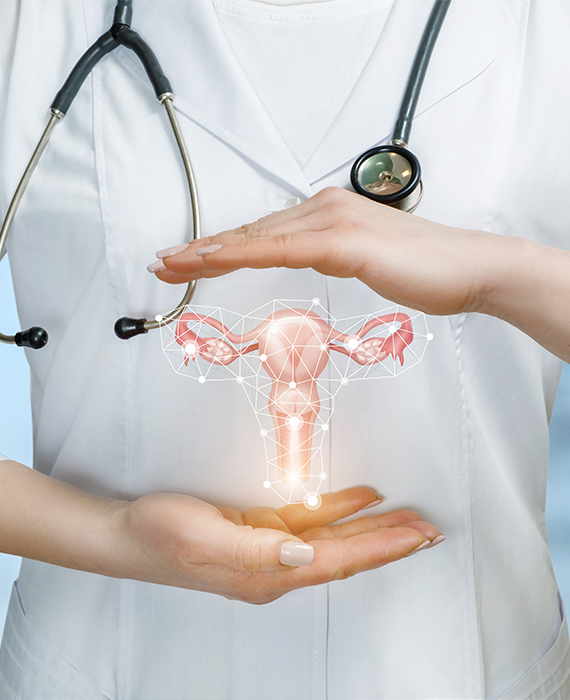
It’s the little things that make a big difference.
Protect your patients’ future
Adhesions are not preventable by surgical technique alone…
Get a copy with the latest insights and publications on adhesion reduction in gynaecological surgery

Minimize adhesions and protect your patients’ future
- Perform meticulous hemostasis and irrigate to avoid blood depots17
- Minimize operating time17
- Reduce trauma or damage to the serosa17
- Reduce the risk of infection17
- Reduce tissue drying17

Pathogenesis of Adhesions and the Risk of Complications
Adhesions are a complication from surgery with consequences that can have lifelong risks29-30

Reduce and Prevent Adhesions
Adhesions are a frequent complication of pelvic surgery and, their reduction or prevention should be the primary goal of every surgeon.
It is not possible to predict which patients might develop adhesions, so we need to work in order to identify possible predicting factors.
Prof. Giovanni Scambia, “The art of preventing adhesions in Surgery”, Baxter Advanced Surgery HemoVision webinars, June 2021.



